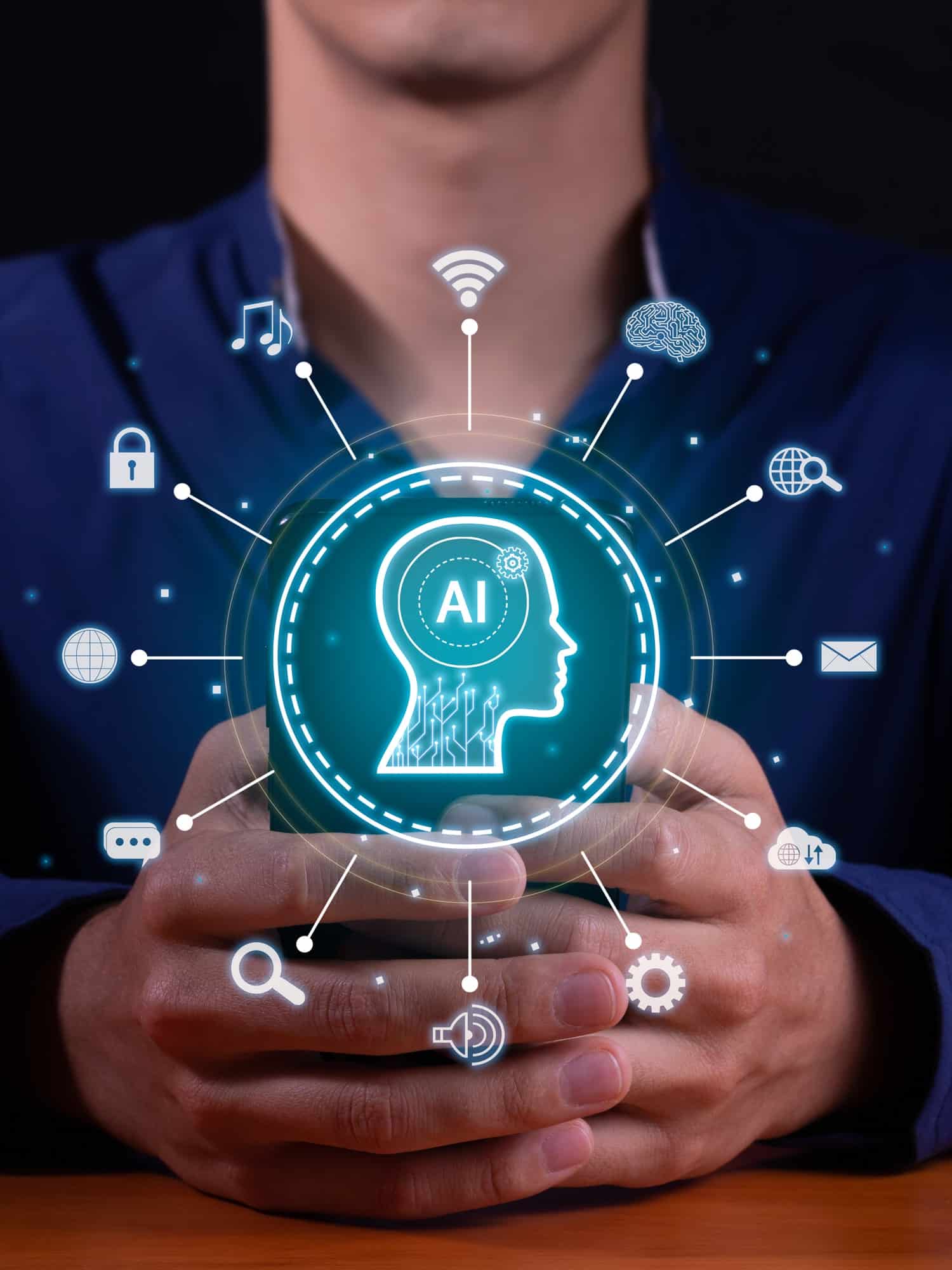In an increasingly digital world, human-machine interactions are becoming more and more frequent. At the heart of this evolution are chat simulators with bots, revolutionary technological tools that transform our perception of communication with machines. But what is hidden behind this enigmatic term? Let’s decipher the workings of these virtual assistants together and see their impact on our daily lives.
A virtual dialogue made possible by artificial intelligence
A bot conversation simulator, often called a chatbot, is defined as a computer program capable of simulating a conversation with a human user. This process relies on the use of artificial intelligence (AI), which allows the bot to analyze natural language, understand user intentions and generate relevant and contextual responses.
Cela peut vous intéresser : Technology trends of 2023
Key technologies for smooth communication
To work effectively, chat simulators with bots rely on a set of key technologies. After taking a good look at these technologies, find the best ai chatbot to enhance your user experience.
Natural language processing (NLP)
This technology allows the bot to understand the meaning of sentences and words used by the user, taking into account syntax, semantics and context.
A voir aussi : 4 applications of AI for every domain
Machine learning
The bot continually learns and improves by analyzing vast amounts of data, allowing it to perfect its responses and adapt to different situations.
Voice recognition
The bot can interact with the user through voice, making the interaction more natural and intuitive.
Computer vision
In some cases, the bot can analyze images and videos to enrich the understanding of the environment and context of the conversation.
Multiple applications and promising potential
Conversation simulators with bots find their application in various fields, ranging from customer service to education to health. They can be used for several actions.
Answer user questions and provide them with information
First, the bot is fed data from various sources, such as knowledge bases, text corpora, previous user dialogues, etc. This data is used to train an AI model that will be able to understand and generate relevant answers to user questions.
When a user asks a question or interacts with the bot, the text is analyzed by natural language processing algorithms. This step involves understanding the meaning and intent behind the words and phrases used by the user. The bot uses techniques such as tokenization, entity recognition, syntax analysis, and topic modeling to interpret the user’s message.
Once the user’s text has been analyzed, the bot searches its knowledge base or training data for the appropriate answer. This may involve searching for similar patterns, matching keywords, or evaluating the relevance of different potential answers.
Support users in carrying out specific tasks
When a user interacts with the bot to complete a specific task, the bot uses advanced natural language processing techniques to understand the user’s intent. This involves analyzing the user’s text to clearly determine what they are looking for or the task they want to accomplish.
Once user intent is understood, the bot identifies specific needs associated with the task at hand. This may involve asking the user additional questions to clarify their particular preferences, constraints, or requirements.
Based on the identified needs, the bot guides the user through the process of completing the task. It provides clear, detailed instructions, suggests appropriate options, and answers user questions to effectively guide them through each step.
Offer technical support and resolve IT issues
When a user requests help with an IT issue or technical support, the bot analyzes the request to understand the specific problem they are having. This involves the use of advanced natural language processing techniques to interpret the user’s message and clearly identify the problem at hand.
Once the user’s request is understood, the bot proceeds to diagnose the problem by asking additional questions to gather relevant information. He may ask for details about symptoms observed, actions taken so far, or anything else helpful in identifying the underlying cause of the problem.
Based on the diagnosis made, the bot suggests suitable solutions to resolve the computer problem. These solutions can be automatically generated from a previously established knowledge base, or they can be adapted based on the specific characteristics of the problem and user preferences.
Personalize the user experience and offer relevant recommendations
The bot starts by collecting data about the user, such as their preferences, past behaviors, previous interactions with the bot, browsing histories, previous purchases, etc. This data can be obtained from previous user interactions or saved in a user profile.
Once user data is collected, the bot analyzes it to extract relevant information. It can use data analysis techniques such as clustering, segmentation, or machine learning to identify patterns, trends, and meaningful correlations in user data.
Based on data analysis, the bot builds user profiles that capture the specific characteristics, preferences and behaviors of each user. These profiles can be updated and refined over time as new data is collected and user preferences evolve.
A promising future for human-machine interactions
The development of conversation simulators with bots is part of a major technological development. By offering more natural, intuitive and personalized experiences, these tools pave the way for a future where bots become indispensable virtual assistants in our daily and professional lives.






